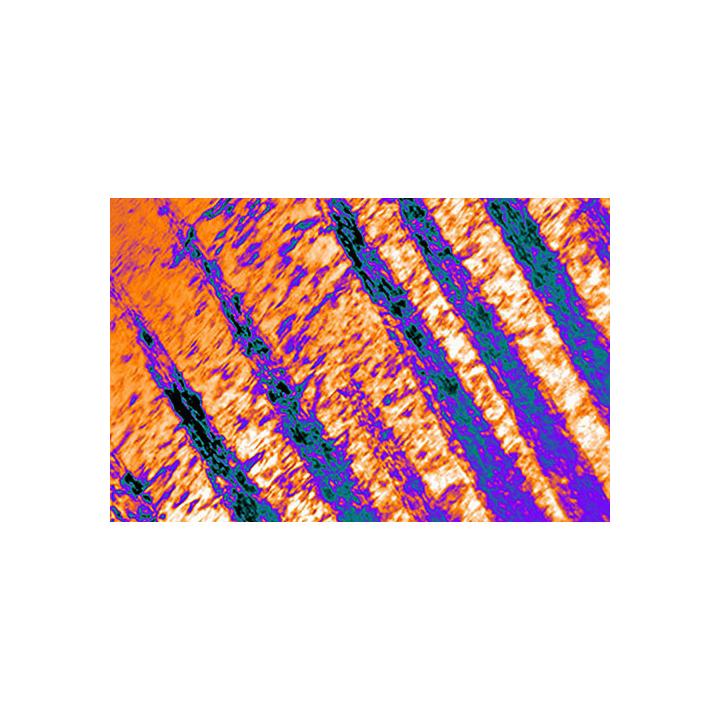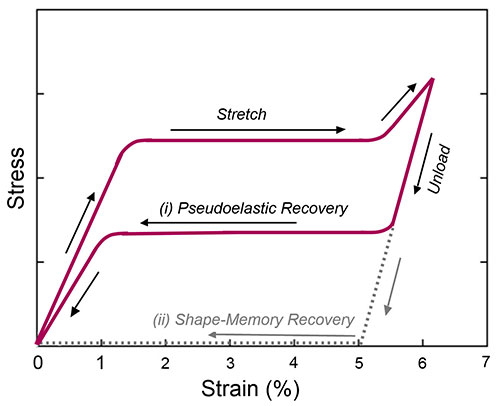Nickel Titanium (NiTiNOL)


Nickel Titanium (NiTiNOL)
Learn more about The NiTiNOL-Powered DynaNail®
Nickel Titanium (NiTiNOL) is a metal alloy that has the unique ability to change shape (up to 8% strain) and still fully recover back to its original geometry. Consisting of near equal amounts of nickel and titanium, this mechanically active alloy gets its name from the location of its initial discovery, the Naval Ordinal Laboratory, in 1959.
NiTiNOL derives its unique shape-changing behavior from its atomic structure that can undergo a phase transformation when deformed. Depending upon the composition and temperature, NiTiNOL can display either shape memory or pseudoelastic properties. NiTiNOL exhibits shape memory when it can be deformed easily and maintain that deformed shape at room temperature. Upon heating to a certain temperature (i.e. body temperature in biomedical applications), shape memory NiTiNOL will recover back to its original “memorized” shape. For clinical applications, this activation temperature can be tailored to body temperature to allow for shape change inside the body. In contrast, superelastic NiTiNOL can be deformed and automatically recover back to its original shape (no activation temperature needed) at large strains up to 10X more than traditional metals. If constrained while deformed, pseudoelastic NiTiNOL can apply significant recovery forces as it tries to return to its original shape1.
Due to the inherent difficulty in machining NiTiNOL, the designs of most NiTiNOL biomedical devices have been limited to simple 2-dimensonal geometries cut from wire or sheet stock. However, Enovis™ with its proprietary processing, allows for 3-dimensional, more complex geometries.
- Overview
- References
Enovis™ has created a new paradigm for incorporating NiTiNOL into biomedical devices, specifically foot and ankle implants, opening up the door for a suite of new surgical solutions that actively participate in bone healing.
- Improved Machinability: Enovis™ has developed proprietary processing methods that improve the machining capabilities of NiTiNOL allowing for the design of three dimensional, more complex geometries.
- Optimized Pseudoelastic Properties: The pseudoelastic properties of NiTiNOL are leveraged to create innovative devices that actively participate and respond to changes at the surgical site, such as bone resorption, maintaining compression and bony apposition throughout healing.
- Strong and Dynamic: We are the first company to clear through the FDA a bone fusion device that combines titanium and NiTiNOL. This configuration allows for the design of devices that are rigid and strong but still compliant and responsive in the desired loading direction.

- Smith KE, et. al. “Active Materials”. Biomedical Technology and Devices, 2nd ed. 2013. CRC Press.